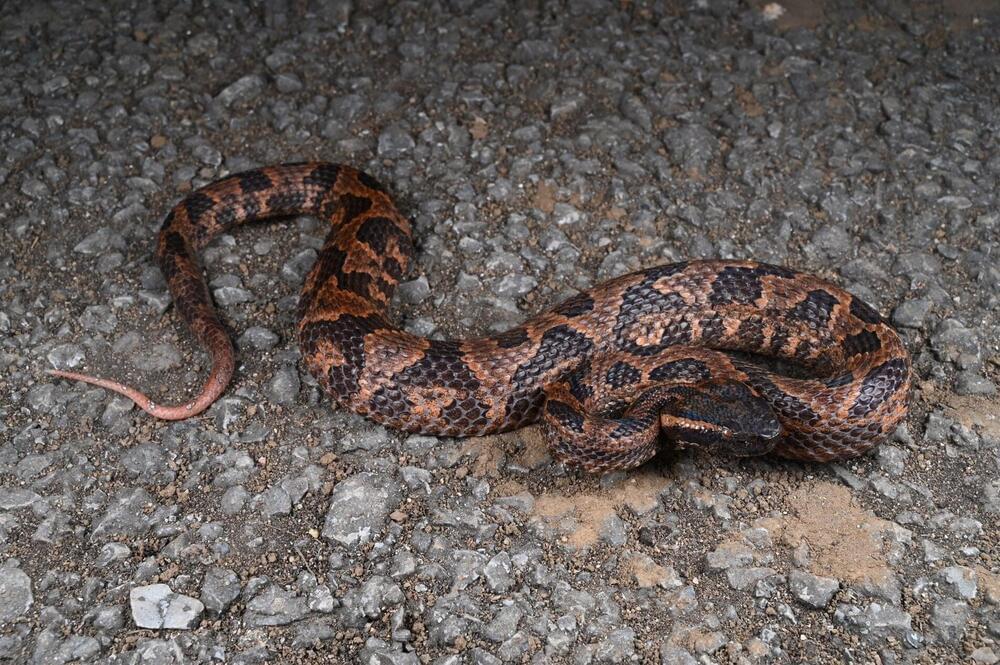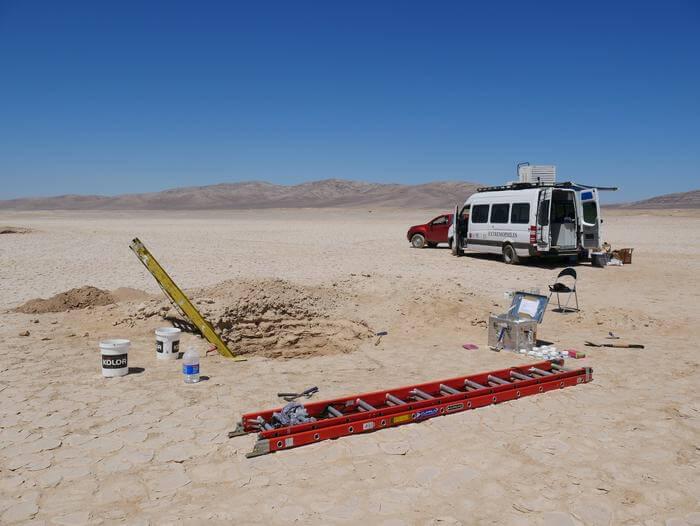Jun 13, 2024
New snake species with “great aggression” revealed by scientists
Posted by Genevieve Klien in categories: habitats, health, robotics/AI
The discovery process involved extensive fieldwork and the use of advanced technology. Researchers utilized high-resolution aerial photographs and an optimized artificial intelligence model to accurately map the habitat and health of trees across the region, indirectly leading to the identification of the new viper species. This method allowed the researchers to cover a vast area with unprecedented precision, enhancing their understanding of the ecosystem and its inhabitants.
One of the most intriguing aspects of the Ovophis jenkinsi is its behavior. Unlike many snakes that prefer to flee when threatened, this viper exhibits aggressive defensive tactics.
“It is usually slow-moving but shows great aggression when disturbed,” the researchers wrote. “When threatened, these snakes inflate their bodies to make themselves appear larger and strike quickly.”


















